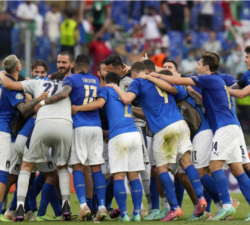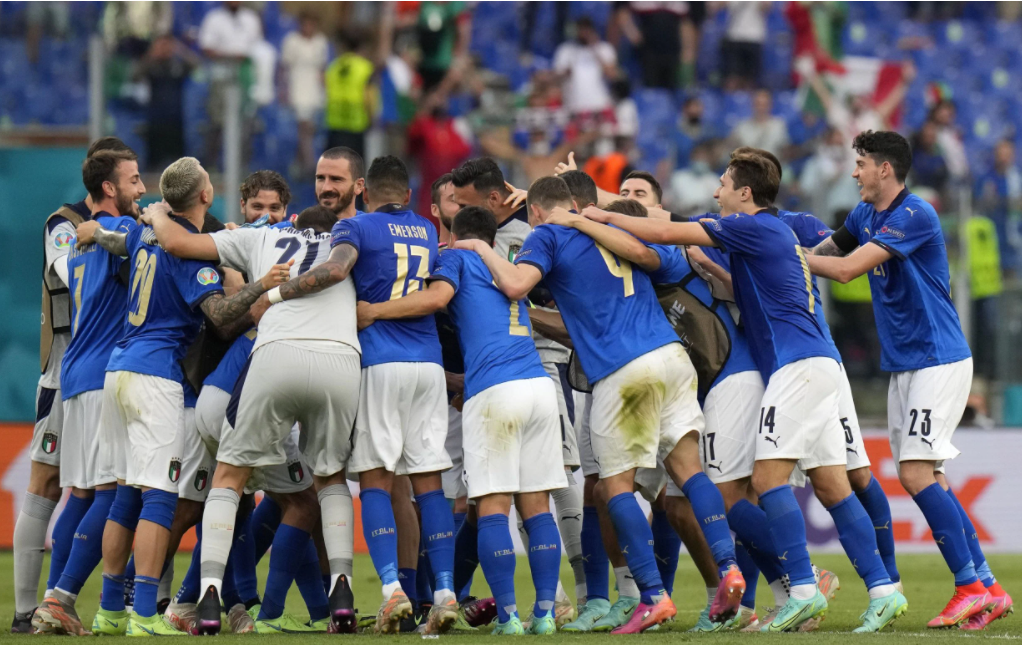Italy showed resilience and mental focus to become European champions. Lessons from the locker rooms can set us all on the road to victory.
The UEFA European Championship captures the imagination every four years, dazzling fans with drama, athleticism, and unimaginable feats, and this summer’s recently concluded edition was no exception. On Sunday, Italy bested England after 90 minutes of regulation time, two 15-minute periods of extra time and penalty kicks, 1-1 (3-2), in a nail-biting finish at Wembley Stadium in London.
Both teams illustrated resilience in action. In order to train for a month-long football tournament, the Italian and English squads focused on requisite teamwork, but also how to perform for endurance, how to bounce back from setbacks, and collaborate to reach their objectives. Italy ended the first half without a goal, unable to convert their attacks and turn the momentum of England’s opener in the second minute.
But the half–time locker room discus…


